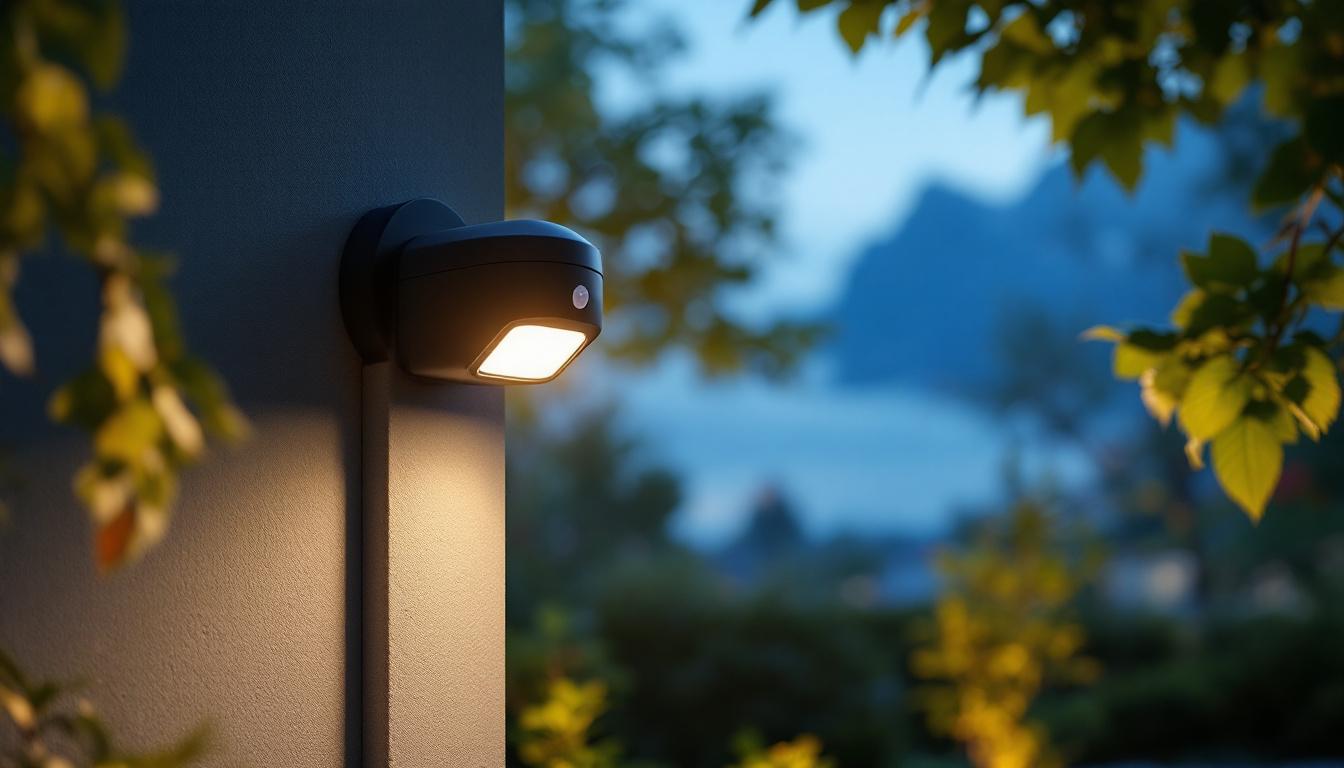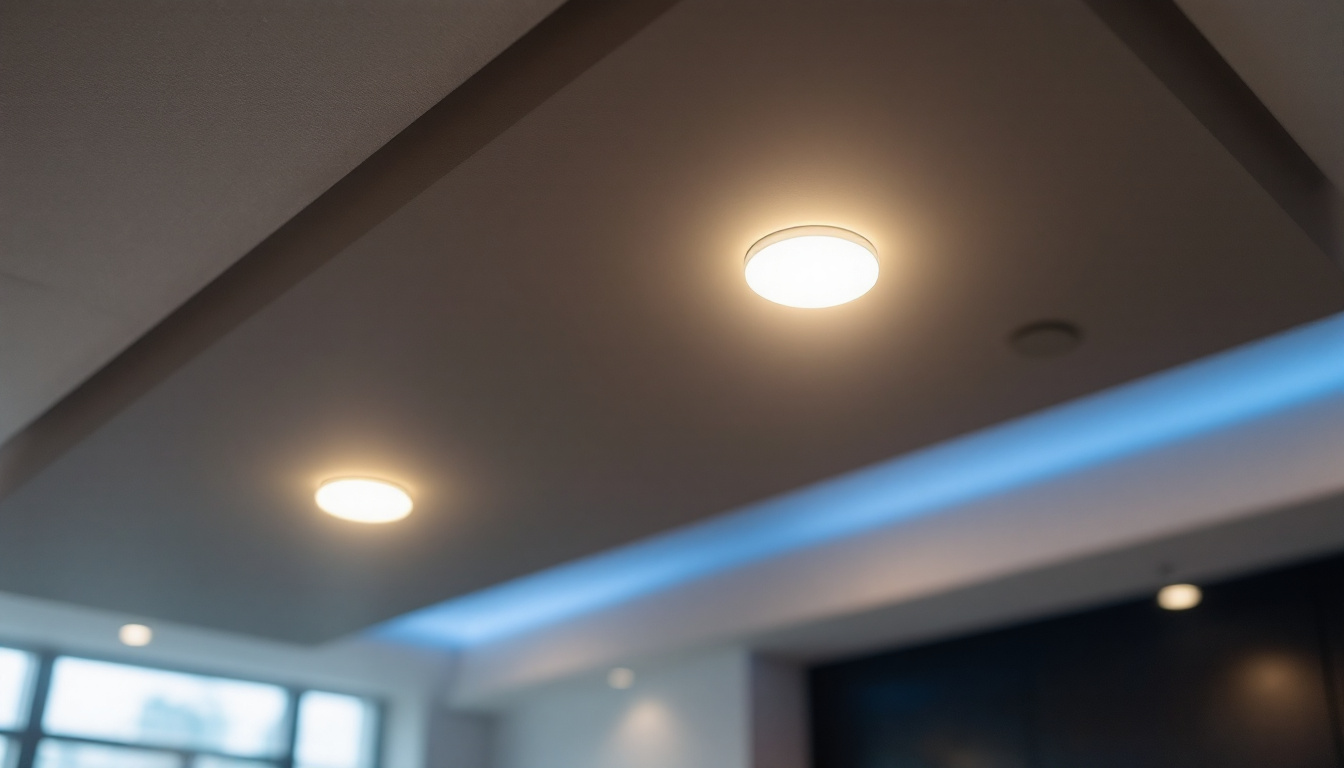
In the rapidly evolving world of commercial horticulture, effective lighting is crucial for maximizing plant growth and productivity. As a lighting contractor, understanding how to train your team in the nuances of grow light technology can set your business apart from the competition. This article delves into the essential aspects of grow lights, their applications, and how to equip your team with the necessary skills and knowledge to excel in this specialized field.
Grow lights are artificial lighting systems designed to support plant growth by providing the necessary spectrum of light. Unlike standard lighting, grow lights emit specific wavelengths that cater to the photosynthesis process. This is essential for indoor farming and greenhouses where natural sunlight may be insufficient. The ability to manipulate light conditions allows growers to extend the growing season, cultivate plants in non-traditional environments, and even produce crops year-round, leading to increased yields and more efficient use of space.
There are various types of grow lights available, including LED, fluorescent, and high-intensity discharge (HID) lights. Each type has its unique benefits and drawbacks, making it crucial for your team to understand the differences and applications of each. For instance, while LED lights may have a higher upfront cost, their longevity and energy savings can lead to lower operational costs over time. On the other hand, fluorescent lights are often favored for their cost-effectiveness, particularly in small-scale operations or for hobbyists. Understanding these nuances can significantly impact the success of a growing operation.
LED grow lights are becoming increasingly popular due to their energy efficiency and long lifespan. They can be tailored to emit specific wavelengths, making them versatile for different plant types and growth stages. This adaptability allows growers to customize their lighting setups based on the specific needs of their crops, whether they are nurturing delicate seedlings or encouraging heavy fruiting in mature plants. Fluorescent lights are another option, often used for seedlings and young plants due to their lower heat output and affordability. These lights are often available in various sizes and configurations, making them suitable for a range of growing environments. HID lights, while powerful, generate more heat and require additional cooling solutions, making them suitable for larger operations where space and energy consumption can be more easily managed.
Training your team to recognize the strengths and weaknesses of each type will empower them to make informed decisions when designing lighting systems for clients. Additionally, understanding the installation and maintenance requirements of each type can help in optimizing their use and ensuring longevity, ultimately leading to healthier plants and better harvests.
Light spectrum is a critical concept in grow light technology. Plants utilize different wavelengths of light for various growth processes, such as photosynthesis, flowering, and fruiting. The two primary spectrums to focus on are the blue light spectrum (400-500 nm) and the red light spectrum (600-700 nm). Blue light is particularly important during the early stages of plant growth, as it helps in the development of strong stems and lush foliage, which are crucial for supporting the plant as it matures.
Blue light promotes vegetative growth, while red light is essential for flowering and fruiting. Educating your team on how to balance these spectrums will help them create optimal lighting conditions tailored to specific plant needs. Furthermore, incorporating additional spectrums, such as far-red light, can enhance plant responses, influencing traits like germination and flowering time. By understanding the intricacies of light spectrums, your team can better advise clients on how to maximize their crop potential, ensuring that every plant receives the right light at the right time for optimal growth and productivity.
Every client will have unique goals for their grow operation, whether it’s maximizing yield, improving plant health, or reducing energy costs. Conducting an initial assessment to understand these goals is vital for providing tailored lighting solutions. Your team should be trained to ask the right questions and listen carefully to the client’s needs.
For example, a client focused on organic farming may prioritize energy-efficient solutions, while a commercial grower aiming for high yields might require more intense lighting. Understanding these nuances will enable your team to recommend the most suitable grow light systems.
Conducting thorough site assessments is another critical step in understanding client needs. This involves evaluating the space where the grow lights will be installed, including factors such as ceiling height, existing electrical infrastructure, and the layout of the growing area.
Your team should be trained to take detailed measurements and note any potential obstacles that could affect lighting installation. This information will be invaluable when designing a customized lighting plan that meets the client’s specific requirements.
Budget is often a significant factor in any lighting project. Your team must be adept at discussing budget constraints with clients while still providing effective lighting solutions. Training should include how to present different options that align with the client’s financial capabilities without compromising on quality.
For instance, while LED systems may have a higher upfront cost, their long-term energy savings can make them a more economical choice over time. Educating your team on these financial dynamics will enable them to provide better guidance to clients.
Once the client’s needs have been assessed, the next step is designing a lighting layout. This involves determining the optimal placement of grow lights to ensure even coverage and avoid hotspots or shadows. Your team should be trained in using software tools that simulate light distribution, helping them visualize the effects of different configurations.
Additionally, understanding the specific light requirements of different plant species will help in creating a more effective layout. For example, taller plants may require different positioning compared to shorter ones, and this knowledge will enhance the overall effectiveness of the lighting plan.
Light intensity is a crucial factor in plant growth. Your team should be trained to calculate the appropriate light intensity required for different stages of plant growth. This involves understanding the concept of photosynthetic photon flux density (PPFD) and how to measure it accurately.
Training should also cover how to adjust light intensity based on the growth stage of the plants. Seedlings may require lower intensity, while mature plants might need more intense light to thrive. This knowledge will enable your team to create a balanced lighting environment that promotes healthy plant growth.
Modern grow light systems often come equipped with advanced control features, allowing for automated adjustments based on environmental conditions. Training your team to integrate these control systems can significantly enhance the efficiency of lighting operations.
For instance, dimming features can reduce energy consumption during certain times of the day, while timers can ensure plants receive consistent light exposure. Understanding how to set up and program these systems will empower your team to provide clients with cutting-edge solutions that maximize both productivity and energy efficiency.
Safety is paramount during the installation of grow lights. Your team should be well-versed in electrical safety protocols, including proper handling of wiring and fixtures. Training should include how to identify potential hazards and the importance of using personal protective equipment (PPE).
Additionally, understanding local electrical codes and regulations is essential for ensuring compliance during installations. This knowledge will not only protect your team but also enhance your company’s reputation for professionalism and reliability.
Proper installation techniques are crucial for the performance of grow lights. Your team should be trained in best practices for mounting fixtures, securing wiring, and ensuring that lights are positioned correctly for optimal coverage.
Training should also cover troubleshooting common installation issues, such as uneven light distribution or electrical problems. Equipping your team with these skills will enable them to handle installations efficiently and effectively.
After installation, conducting thorough testing is essential to ensure that the lighting system is functioning as intended. Your team should be trained to perform light intensity measurements, checking for any discrepancies in coverage or output.
Post-installation testing not only ensures client satisfaction but also allows your team to make any necessary adjustments before the system goes live. This proactive approach will help build trust with clients and demonstrate your commitment to quality.
Once the lighting system is installed, educating clients on proper maintenance is crucial for long-term success. Your team should be trained to provide clients with clear instructions on how to care for their grow lights, including cleaning, bulb replacement, and monitoring performance.
Providing clients with a maintenance schedule can also be beneficial, ensuring that they stay on top of necessary tasks to keep their systems running efficiently. This ongoing support will help foster strong relationships with clients and encourage repeat business.
As plants grow and environmental conditions change, adjustments to the lighting system may be necessary. Your team should be trained to monitor plant health and growth patterns, allowing them to recommend changes to light intensity or duration as needed.
Regular check-ins with clients can help identify any issues early on, ensuring that plants receive the optimal light conditions throughout their growth cycle. This proactive approach will enhance client satisfaction and reinforce your reputation as a knowledgeable and reliable partner.
The field of grow light technology is constantly evolving, with new advancements and trends emerging regularly. Encouraging your team to stay updated on industry developments is essential for maintaining a competitive edge.
Providing access to training resources, workshops, and industry publications can help your team stay informed about the latest technologies and best practices. This commitment to ongoing education will not only benefit your team but also enhance your company’s reputation as a leader in the field.
Training your team in commercial grow light technology is an investment that pays off in numerous ways. By equipping them with the knowledge and skills necessary to understand grow light systems, assess client needs, design effective lighting plans, and provide ongoing support, your company can thrive in the competitive world of horticulture.
As the demand for efficient and effective lighting solutions continues to grow, having a well-trained team will position your business for success. Emphasizing the importance of education and staying current with industry trends will ensure that your team remains at the forefront of this dynamic field, ultimately benefiting both your clients and your company.
Ready to elevate your commercial grow light systems and give your team the edge they need? At LumenWholesale, we provide contractors with the highest quality, spec-grade lighting products at prices that can’t be beaten. Say goodbye to local distributor markups and hello to our extensive selection that meets rigorous industry standards. With free shipping on bulk orders, you can stock up on superior lighting solutions that promise reliability and high performance for every project. Don’t miss out on the perfect combination of quality, affordability, and convenience. Take the next step and explore our Wholesale Lighting at the Best Value today.

Discover essential insights into day night sensor outdoor lights tailored for lighting contractors.

Discover how lighting contractors can enhance their projects with surface mounted can lights.

Discover essential insights into installing recessed lights in T-bar ceilings with our comprehensive guide tailored for lighting contractors.

Explore expert insights and best practices in commercial recessed lighting with this comprehensive guide tailored for lighting contractors.